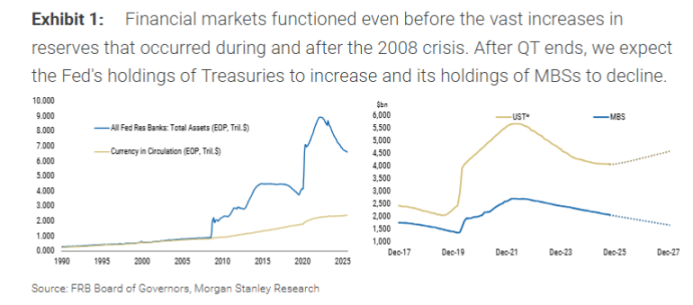-
Kyrgyzstan’s A7A5 stablecoin, backed by the Russian ruble, has astonishingly processed $9.3 billion in transactions within just four months, despite maintaining a modest market cap of $156 million.
-
This surge in transaction volume is closely linked to Russia’s strategic use of blockchain technology to circumvent international sanctions, with blockchain analytics revealing connections between A7A5 and illicit exchanges such as Grinex.
-
Reports indicate that A7A5’s ruble reserves may be held in Promsvyazbank, a Russian state-owned bank, raising suspicions about potential state-backed crypto operations supporting Russia’s financial maneuvering.
Kyrgyzstan’s ruble-backed stablecoin A7A5 has moved $9.3B in four months, highlighting Russia’s use of crypto to bypass sanctions with Promsvyazbank-linked reserves.
Kyrgyzstan’s A7A5 Stablecoin: A Strategic Crypto Asset with Surging Transaction Volumes
Launched amid Kyrgyzstan’s efforts to develop a domestic blockchain ecosystem, A7A5 has quickly emerged as a significant player in the stablecoin market. Partnering with Binance co-founder Changpeng Zhao, Kyrgyzstan introduced A7A5 as the first ruble-pegged stablecoin, aiming to facilitate cross-border payments and bolster the local crypto industry.
Despite Kyrgyzstan’s relatively small economy, with a nominal GDP of $17.5 billion and a nascent crypto sector, A7A5’s transaction volume has reached an extraordinary $9.3 billion in just four months. This volume far exceeds what would be expected from domestic demand alone, suggesting external influences and repeated token circulation among a limited number of accounts.
Such dynamics underscore the stablecoin’s role beyond Kyrgyzstan’s borders, aligning with Russia’s broader strategy to leverage blockchain technology as a means to evade Western sanctions and reduce reliance on the US dollar.
Blockchain Insights and Russia’s Sanctions Evasion Strategy
Blockchain data analysis reveals that A7A5 is actively traded on platforms linked to illicit activities, notably the Grinex exchange, which emerged following the shutdown of Russia’s Garantex exchange by US and EU authorities. Garantex was among the first to list A7A5, and its successor, Grinex, continues to facilitate substantial A7A5 transactions, accounting for a significant share of the stablecoin’s volume.
Experts like Eliza Thomas from the Center for Information Resilience emphasize that Russian officials have long considered stablecoins as tools for large-scale sanctions evasion. The involvement of Promsvyazbank, a Russian state-owned bank heavily tied to the defense sector and subject to sanctions, as the custodian of A7A5’s ruble reserves, further supports the notion of state-backed crypto operations.
Market Cap Discrepancies and Token Circulation Patterns
While A7A5’s market capitalization stands at approximately $156 million, the volume of transactions processed suggests a high turnover rate within a small group of holders. Estimates indicate around 12 billion A7A5 tokens are in circulation, but the disproportionate volume relative to market cap implies tokens are frequently transferred between the same accounts to simulate liquidity and maintain transaction flow.
This pattern raises questions about the stablecoin’s underlying economic activity and points to its use as a financial instrument designed to support specific geopolitical and economic objectives rather than conventional market-driven demand.
The Role of Promsvyazbank and Implications for Crypto Regulation
Promsvyazbank’s involvement in holding A7A5’s ruble reserves is particularly notable given its sanctioned status and close ties to Russia’s defense industry. This connection suggests a deliberate attempt to integrate traditional banking infrastructure with blockchain technology to create a hybrid financial system capable of circumventing international restrictions.
Regulators and financial watchdogs face challenges in addressing such hybrid models, which blend on-chain transparency with off-chain opacity, complicating efforts to enforce sanctions and monitor illicit financial flows.
Conclusion
Kyrgyzstan’s A7A5 stablecoin exemplifies the evolving intersection of geopolitics and blockchain technology. Its rapid transaction growth, despite a modest market cap, and ties to sanctioned Russian entities highlight the stablecoin’s strategic role in facilitating cross-border payments amid sanctions. While Kyrgyzstan seeks to establish a vibrant crypto sector, the evidence suggests a close partnership with Russia to leverage A7A5 as a tool for financial resilience and sanctions evasion. Stakeholders should closely monitor developments around A7A5 to understand the broader implications for crypto regulation and international finance.



